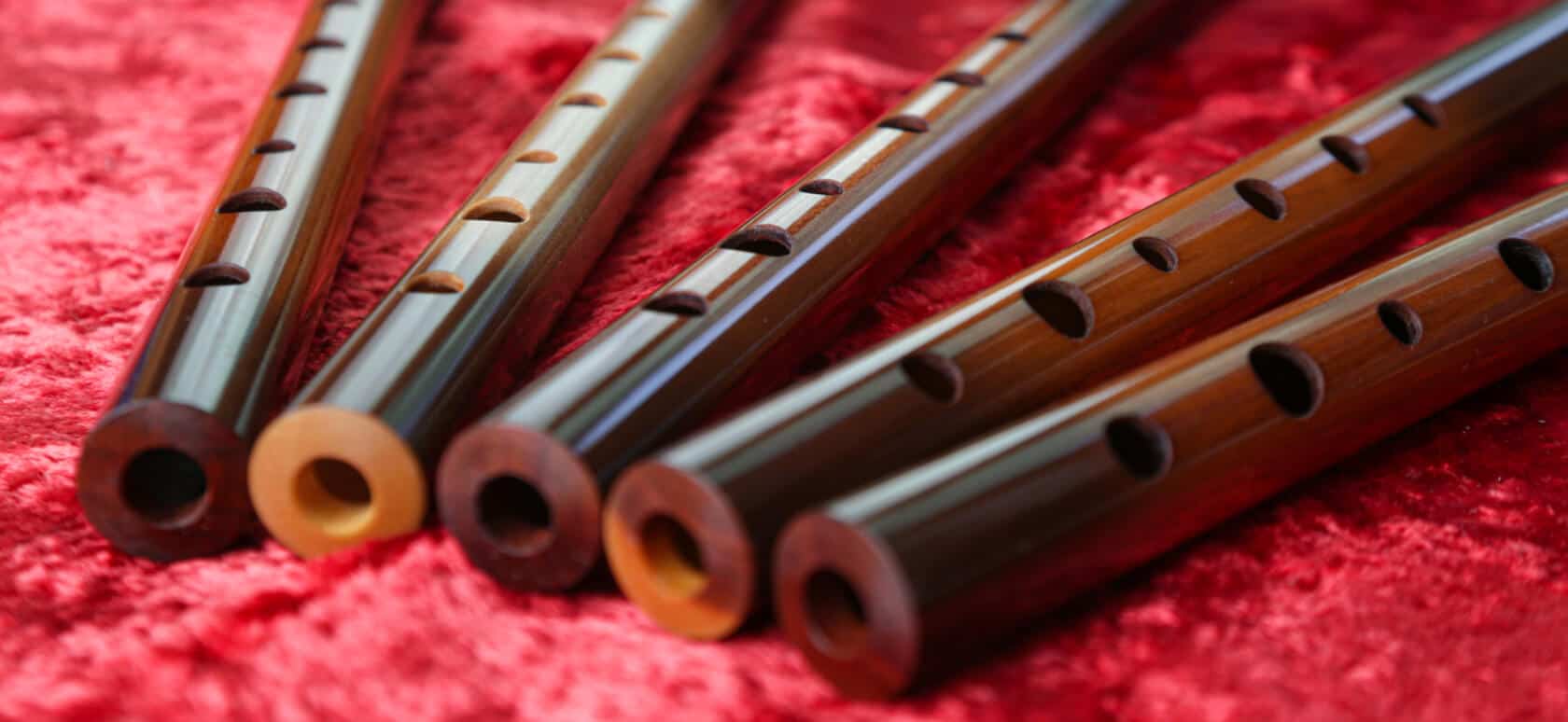From medieval starts to modern hip-hop, Serbian music culture has a diverse and rich history. Here, we dive deep to discover more.
The sounds of Serbian music have managed to evolve and grow from beautiful beginnings. From the sounds of medieval and Serbian classical music, to the epic and legendary sounds of Serbian Rock, Serbia continues to achieve musical excellence for years to come.
Medieval And Classical Music
Music of religious implications was performed through Serbia in medieval Serbia. Church music was performed by a choir or individual musicians. Songs were created based on the eight-mode system used for compositions of religious chants in Byzantine, Syriac, Georgian, and Slavic churches throughout the Middle Ages.
This musical notion was called the Octoechos that were a collection of religious songs dedicated to Jesus. Some composers of this prominent era include nun Jefimija, Isaiah the Serb, and Nikola the Serb.
In addition to religious music, the medieval era introduced traditional music known as court music.
During the most prominent dynasty of Serbia in the Middle Ages Nemanjic, musicians played a crucial role at the royal court and were known as Sviralnici, glumci, and praskavnici. Musical instruments consisted of horns, trumpets, lutes, drums, and cymbals.
However, traditional folk instruments were largely at play. Instruments such as the gajde, kaval, daijre, and tamburitza.
In terms of vocal music, Serbian epic poetry has been an important part of Serbian and Balkan music for centuries.
According to Wikipedia.com, the poems were usually accompanied by the one-stringed furrow called the gusle as their themes surrounded mythology and Serbian history.
As the Ottoman Empire began its conquest of Serbia, music altered as it implemented oriental influences. This notion was one of the new adaptations of Ottoman rule, rushing Serbian faith and folk music underground.
Composer and musicologist Stevan Stojanovic Mokranjac are considered to be one of the most important figures of modern Serbian music.
The composer taught and collected traditional Serbian music along with researching Serbian music’s history and structure. One of his famous pieces is the Song Wreaths, also known as Garlands.
However, before Mokranjac’s music era violinist Dragomir Krancevic, pianist Sidonija IIic, and opera singer Sofija Sedmakov represented Serbia’s Romantic period who achieved success performing in musical spaces of Germany in the 1890s.
Further musician accolades include Peter Konjovic, Stevan Hristic, and Miloje Milojevic as they pushed Serbian musical expression through modernized romanticism in the direction of Impressionism. I’m later years, Serbian folk music became a staple of Serbian popular music.
Serbian Folk Music
The Ethno music genre embodied traditional Serbian sounds. Instruments such as bagpipes, flutes, horns, and trumpets became heavily implemented within Ethno music.
Kulin Ban is a Serbian musical group that uses traditional Balkan sounds as they perform traditional songs based on traditional Serbian elements.
The sound of the traditional folk music embodied both rural and urban aspects that included a two-beat dance called Kolo. This dance structure is a circle dance that has been accompanied often by an accordion.
However, during the 1970s, Serbian folk moved toward adapting new music elements. Distancing from the original sound, neo-folk became the forefront of Serbian folk music. Folk singers such as Saban Saulic, Kemal Malovcic, Nada Topcagic, and Marinko Rokvic. The newer folk sounds introduced special musicians such as Vesna Zmijamac, who embodied a non-homogenous persona.
Zmijamac created a strong star image along with becoming a fashion and gay icon still popular today. Other monumental musical innovations in Serbia are singers such as Vera Matovic, who created folk sub-genres of rural influence as songs depict fieldwork, domestic animals, and other themes of Serbian village life.
Jazz also influenced the sounds of Serbian folk music in later years. Jazz in Serbia appeared in the 1920s when Markus Blam formed the first Serbian jazz orchestra, Studentski Micky Jazz.
As the music was mainly being played in clubs and salons, jazz orchestras toured in spas all over the Serbian area. Saban Bajramovic, is amongst the most popular jazz singers in Serbia, as they were included in Time magazine’s list of top 10 blues singers in the world.
Balkan brass, especially in Southern and Central Serbia has been extremely popular based on its origins being from the Serbian region. The trumpet was initially used as a military utensil or instrument to gather and wake soldiers for announcements and duties. Over time, the sounds became a staple for Serbian music sounds.
The best-known brass musicians are Boban Markovic and Fejat Sejdic. These artists along with other Balkan Brass musicians congregate together during the Guca trumpet festival, one of the most popular and biggest music festivals in Serbia. This five-day festival brings in more than 300,000 visitors a year.
Modern Music of Serbia
Pop music of Serbia jumped into the music scene during the Second World War. Singers such as Lola Novakovic appeared on the Serbian pop scene to much success! With many western influences, Serbian rock became extremely popular as part of the Yugoslav rock scene which was well developed and covered in media, radio, and T.V.
Serbian hip hop emerged in early 1980, as the Degout EP bombarded the music scene by the music stylings of The Master Scratch Band and Jugoton in 1984. Serbian hip hop would later become more popular during the 1990s when hip hop groups began to break out from the underground.
We have launched a podcast! Here are all the details:
Youth Time International Movement Launches The Youth Time Podcast
Support us!
All your donations will be used to pay the magazine’s journalists and to support the ongoing costs of maintaining the site.
Share this post
Interested in co-operating with us?
We are open to co-operation from writers and businesses alike. You can reach us on our email at [email protected]/[email protected] and we will get back to you as quick as we can.










